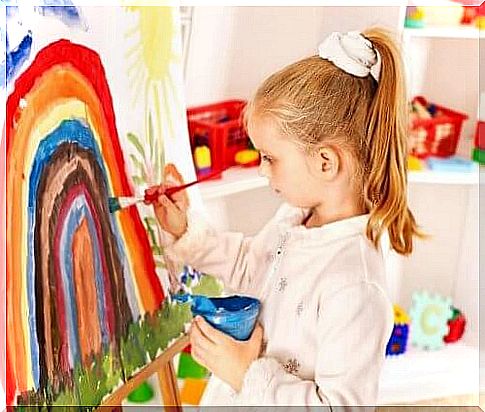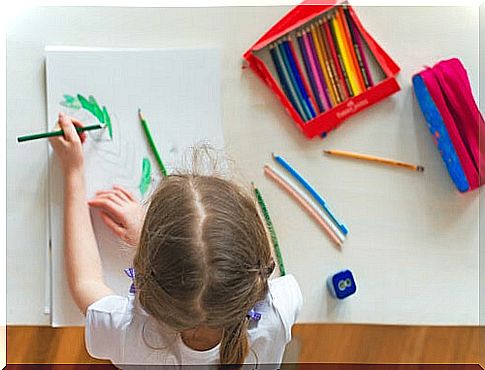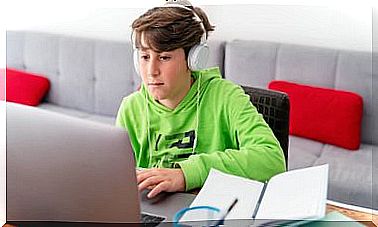How To Convey To Children The Importance Of Art?

Art is related to the communication of feelings, ideas, emotions or one’s own vision of the world through image, sound, language or the body itself. In this sense, it is essential to convey to children the importance of art. But how can this be done? And what are the benefits that are obtained?
Art improves children’s skills
In itself, art is an activity that man performs with the purpose of transmitting or experiencing a sensation. This is reflected in a set of works that manifest different trends or styles.
Contrary to what has often been believed, art is not a matter to be taken lightly, since it constitutes a fundamental element in the formation of children. In fact, teaching art opens the way to teaching values.
How to convey to children the importance of art
Teaching art to others is not something new. Already the ancient Greeks in their time divided the arts into superiors and inferiors . The higher arts included those that put into practice the sense of sight and hearing. In the case of the lower arts, these were those that made reference to the sense of smell, taste and touch.
We teach you some methods and techniques to bring your child closer to the world of art. However, there are many other alternatives that you can also do together.
Music
For this you must find a quiet place. The child can listen to music to learn the meaning of the lyrics. However, it is also possible for the child to write the lyrics of a song or compose a melody for the purpose of expressing his feelings.

The sculpture
For this you must also find a peaceful place. Using a vase or any other type of sculpture, you can decide with the child what you want to represent. Then, using modeling clay , you can teach him the modeling technique.
The painting
The use of painting cannot be overlooked when it comes to transmitting to children the importance of art. For this, you can choose a painting to analyze in it the feeling that the artist intends to convey through a landscape, the gesture of a face, an object or colors. Of course, it is also important to let the child reflect through drawing what he feels or thinks.
The architecture
Architecture also plays a fundamental role in transmitting the value of art. In this case, you can imagine together with the child what the “ideal house” would be like, and then translate it into a drawing.
Benefits of transmitting to children the importance of art
It is known that, according to various studies of several American high school students, those who had had a close relationship with the art obtained higher grades and had less risk of school failure.
On the other hand, another study was carried out on children between 5 and 7 years old who were behind in almost all subjects compared to other classmates. After seven months of adding an additional hour of fine arts and music to these children, the results showed that they had reached the same reading level as their peers and even surpassed them in mathematics.
But there is not everything, transmitting to children the importance of art generates many other benefits:
- It teaches children to think creatively and helps them solve problems.
- Promote your self-esteem.
- It helps them share and reflect on themselves and the world around them.
- It favors teamwork.
- Improves your eye-hand coordination ability.
- Facilitates language development.
Art is a means to overcome prejudices
The child is exposed to different possibilities, to discovery and freedom. In this sense, it constitutes an element or means to overcome barriers and prejudices. In addition, art puts the child in contact with the remote past.

Stimulates both sides of the brain
Since art stimulates both sides of the brain; Various studies suggest that children who are exposed to art do better in math and read better. Another beneficial aspect is that it teaches children to use their senses in learning. It must be taken into account that, through art, children are able to pay more attention to the physical space that surrounds them.
Painting, playing a musical instrument, drawing or singing are activities that contribute to the educational, emotional and biological development of every child. But its benefit goes further, since it satisfies even a spiritual need. Through these activities, the child can explore the environment around him, becoming aware of himself and other people.
It is very important that the child is able to express himself and feels comfortable doing so. To do this, parents must pay attention to the opinions and feelings of their children, in this case, through art. Through a painting, a sculpture or the lyrics of a song, you may be revealing something very personal.










